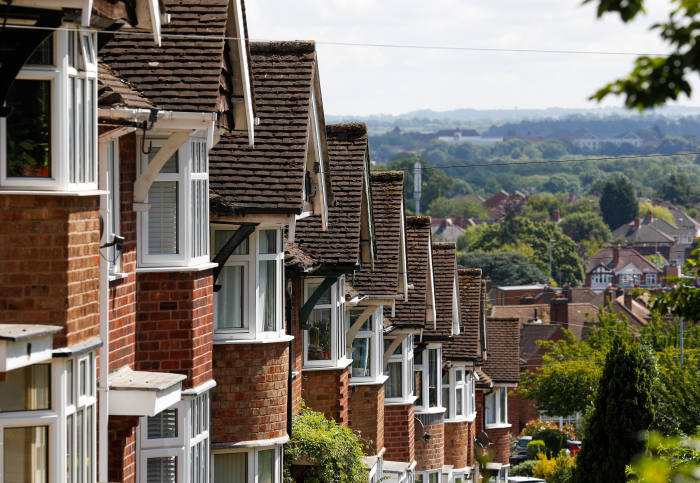
"Remarkable", "unbelievably cheap" and "astonishingly low" are some of the words that have been used to describe the recent fractional mortgage rates.
The rate war that began before the summer has since continued in what has already been a memorable market, following an extended stamp duty holiday and the launch of the mortgage guarantee scheme.
Chris Sykes, an associate director and mortgage consultant at Private Finance, says the business has seen many borrowers take up rates below 1 per cent, and even some borrowers switching and paying an early repayment charge to secure a sub-1 per cent rate.
“Speaking to lenders, many would rather lend for next to nothing at the moment with a view of hopefully retaining the client in two, three or five years time, than just sit on cash in the bank, of which they have plenty,” he says.
Santander’s head of mortgage development, Graham Sellar, affirms that savings accumulated during lockdown have contributed to the sub-1 per cent mortgage market.
“A lot of customers haven’t spent as much money over the past 18 months, as they would have done less holidays, less travel, etc. Therefore the bigger banks have got quite a lot of liquidity at the moment. So they’ve got lots of money in current accounts and low-rate savings accounts.
“So what you’ve got is big banks who’ve got money saved, and they want to lend that money. And you’ve got a large amount of demand in the marketplace for mortgages.
“The two things go in parallel, and then obviously the rates get forced down as competition takes place.”
Savings growth
Nationwide’s head of mortgages, Paul Archer, highlights the record-high household savings ratio, which almost tripled from 8.9 per cent in January to March 2020, to 25.9 per cent in April to July 2020, according to data from the ONS.
“Lenders, particularly the ring-fenced banks, have got a lot of money coming in savings which they’re not paying an awful lot for, because those savings rates aren’t great, and [they] are able to lend it pretty cheaply and make a pretty good return on it,” Archer adds.
Another factor behind the sub-1 per cent rates, says Sellar, is the amount of homes being sold in the UK this year, with the mortgage market performing between 40 and 50 per cent above expectations due to the stamp duty holiday extension, the mortgage guarantee scheme and customer demand for upsizing.
Fred Sharp, director of mortgage distribution at The Co-operative Bank, whose intermediary brand Platform is offering a 0.79 per cent fix for two years at 60 per cent LTV, says it looked to ensure that products met demand from home-movers.
“We have seen unprecedented demand for mortgages and we, and other lenders, have had to respond with the right supply of mortgages for consumers. As there’s so much competition for mortgage business, we’ve needed to keep reviewing and repricing options accordingly.”





